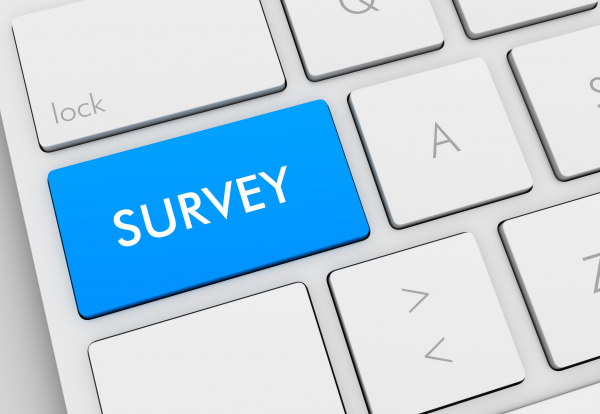The number of consumers using comparison services increased significantly in the last financial year, according to the Private Health Insurance Intermediaries Association, with more using them to research their private health insurance options.
The association said its members accounted for 23 per cent (186,000) of all market sales in the financial year 2023. This included an increase in new member sales of 55,000.
The proportion of member sales of new entrants to the market increased from 28.8 per cent to 31.0 per cent, while sales to switchers fell from 71.2 per cent to 69.0 per cent.
“Our annual survey shows cost of living pressures are weighing on consumers who are significantly more likely to make enquiries but less likely to buy policies than in previous years,” says PHIIA CEO Christopher Zinn.
The annual survey revealed while 37 per cent of new entrants favour Bronze Plus, there was a downward movement from the Plus categories in all the tiers.
Sales of gold-tier products were the least common overall. Over a quarter of these were to people under 29 years (26.9 per cent), up from 25.9 per cente in 2021-22.
“With around one in ten people aged under 34 years opting for Gold cover, we continue to see younger people having to take out the highest levels of cover to access just one service, which is psychiatric cover,” said PHIIA chair Gerald Brown.
There was a decline in the purchase of PHI among consumers under 55 years of age, most notably amongst those aged 25 to 29, down 11.8% to 17,159 in 2022-23.
Suggesting older cohorts might be more insulated from the cost of living and housing pressures, sales to those aged 55 or older accounted for 37 per cent of all sales, up from 34.9 per cent the previous year.
Reflecting the high ratio of sales to older people policies with lifetime health cover (LHC) loading increased to 29.9 per cent.
The average gross annual premium (GAP) for combined policies sold by PHIIA members increased by 4.1 per cent to $4,141 and is higher than the private health fund average of 2.9 per cent
“Despite the cost-of-living pressures, the figures suggest, PHIIA members are providing a service based on the wider needs of customers, not just on price,” added Zinn.
